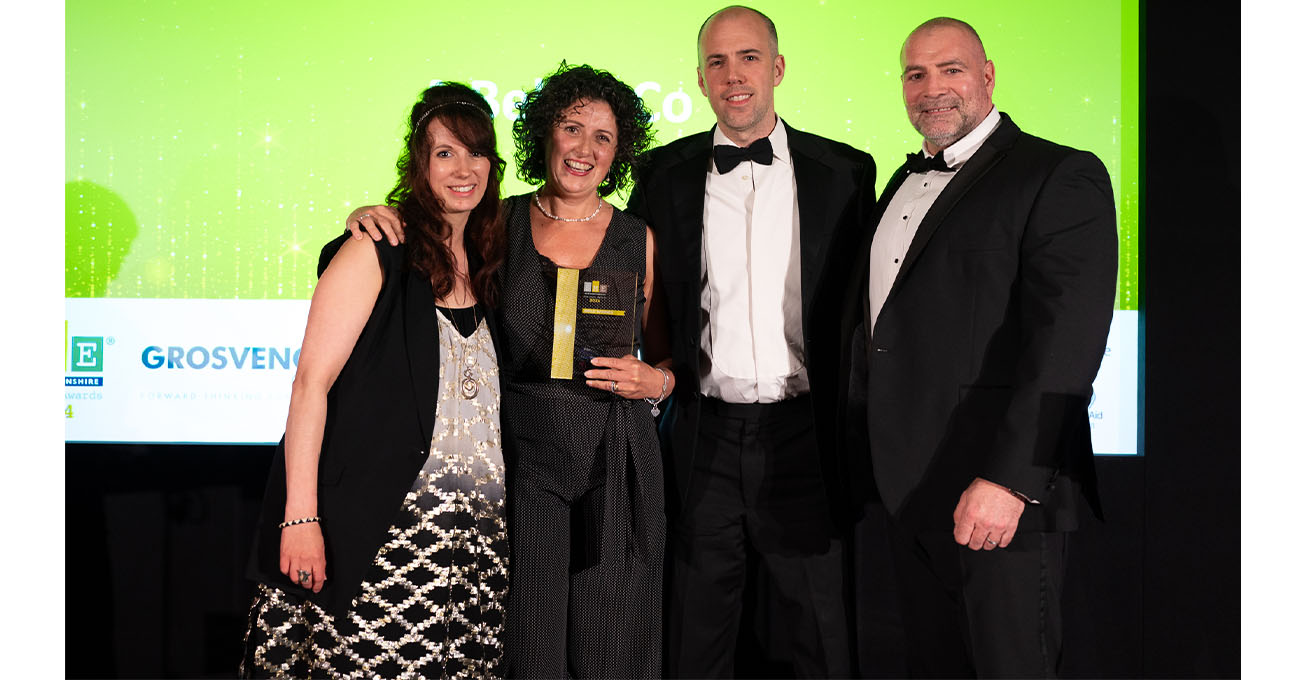A localised communication strategy is the not-so-secret but significant ingredient for successful business expansion.
Cologne/Germany, August 2023. Germany is the second largest export market for UK companies and an attractive access point to the EU market. British companies planning to expand their business operations have to deal with many legal and regulatory requirements before market entry. Having got on top of all the import/export bureaucracy, many companies neglect – or underestimate the importance of – a localised communication strategy that meets the specific requirements of the market and those of so called the German Mittelstand (small and medium enterprises, SME).
Coming to Germany, your brand might be a total newcomer, even if it has been an international industry leader for years. Entrepreneurs and their Communication Managers need to re-think their overall communication strategy and adapt it to the specific needs of German business leaders and buyer personas. First of all, a thorough market analysis is indispensable. This includes identifying target audiences, evaluating the competitive landscape as well as comprehending local industry trends and challenges. It is even more important to familiarise yourself with the German Mittelstand which is the backbone of the German economy. More than 99% of all companies in Germany are SMEs. These companies are less characterised by their size but rather by common values and behaviour.
The ‘Mittelstand Mindset’
In the business context, the Mittelstand places a strong emphasis on long-term security-oriented planning and business continuity across generations. Many family-owned enterprises are situated in rural areas and are deeply rooted in their local communities. As a result, they bear a unique responsibility towards their workforce and exhibit a strong commitment to supporting the businesses in their vicinity. Medium-sized companies exhibit high levels of innovation especially in the fields of machinery and plant engineering, as well as electrical engineering. You will find many so-called ‘hidden champions’ within Mittelstand. Though doing business worldwide and often being market leaders, many family-owned companies act rather cautiously when it comes to communication. When choosing business partners or suppliers, they favour reliable long-term and personal relationships with the salesperson or rely on recommendations from local market players. Personal interaction and mutual trust are highly valued, so companies must provide on-site German-speaking representatives and – to play a role in the local economy – a branch office.
Security and Scepticism
Among Mittelstand, decision-making and operational management are often driven by scepticism and a strong need for security and profitability. In corporate finance, for example, many companies prioritise equity capital over external financing. According to a 2021 study by the DIHK (German Chambers of Commerce and Industry), around 85% of the capital requirements of medium-sized companies in Germany are financed through internal resources – which is important to know if you want to sell financial solutions that are widely adopted in the UK but new to Germany.
There is also a very strong desire for independence and security among Mittelstand business owners that lead to some reluctance towards as-a-service solutions such as cloud-based IT or progressive rental models. Rigid data protection laws in Germany enhance the concern on these matters. Talking about scepticism: In many industries digitisation is underdeveloped, thus, when selling technical solutions you need to consider the level of knowledge of your potential clients.
UK companies intending to do business in Germany have to comply with this cautious and rather demanding entrepreneurial mindset. Here are five tips for a successful communication set-up in Germany:
- Review Your Positioning
Is your product an industry benchmark and your company an international market leader? That might not impress the German buyer audience at all. You need to understand the trends and challenges of the German market – and the Mittelstand mindset – first. You might have to re-think your positioning by comparing it to the local competitors and emphasising not just the benefits of your solution but also the benefits of your UK origin.
- Localise Messaging and Value Proposition
Assess what your company can contribute to local economic challenges and re-phrase – if necessary – your messaging across all communication channels. Be sure to get support from a local specialist who has relevant market knowledge instead of simply transferring your company’s overall marketing strategy. More important than mere translation are the right insights and persuasive lines of argument which might be different from those in the UK.
- Prove, don’t promise
Knowing about the Germans’ fondness for facts and figures and their distrust in marketing buzzwords, the messaging and value proposition should always be backed up with verifiable facts or real client quotes. For media pitches, for example, your content needs to prove relevance to the German market – no matter how successful you might have been overseas. Regarding PR, this is why case studies in vertical media are much read by entrepreneurs and much wanted by editors. Be aware that especially statements about sustainability undergo critical questioning.
- Educate on the solution, don’t promote your product
Though the German Mittelstand is highly innovative, many industries aren’t too progressive when it comes to digitisation, AI or other technical developments (see scepticism). UK companies who educate their buyer audience on market trends and technical developments get a lot more acceptance than those who only promote the benefits of their products. Again, consider the maturity of the market and the level of technical understanding with your potential clients.
- Think like a journalist, not like an advertiser
Talking about media relations, all the mentioned tips apply in a similar manner. Furthermore, you need to know the relevant industry media and understand how they work. There are around 1,600 specialised publications and trade journals in the DACH area. Though in some segments media coverage is closely connected to advertising, this method is not a common PR standard. Media editors will most likely pick up your story if it is relevant to the specific industry and the German market, and if it offers new insights or solutions which are proved by facts, figures or quotes. Do not use euphemistic advertising language but neutral journalistic writing. Also: Do not simply translate English releases. Better let an experienced and native adviser review it and, if necessary, rewrite it. This applies across all communication channels including your website. Do avoid showing off your successes. Instead of glossing over, go for modesty and metrics – that is Mittelstand-style and will help you get accepted. And a bit of British understatement will earn you sympathy.







